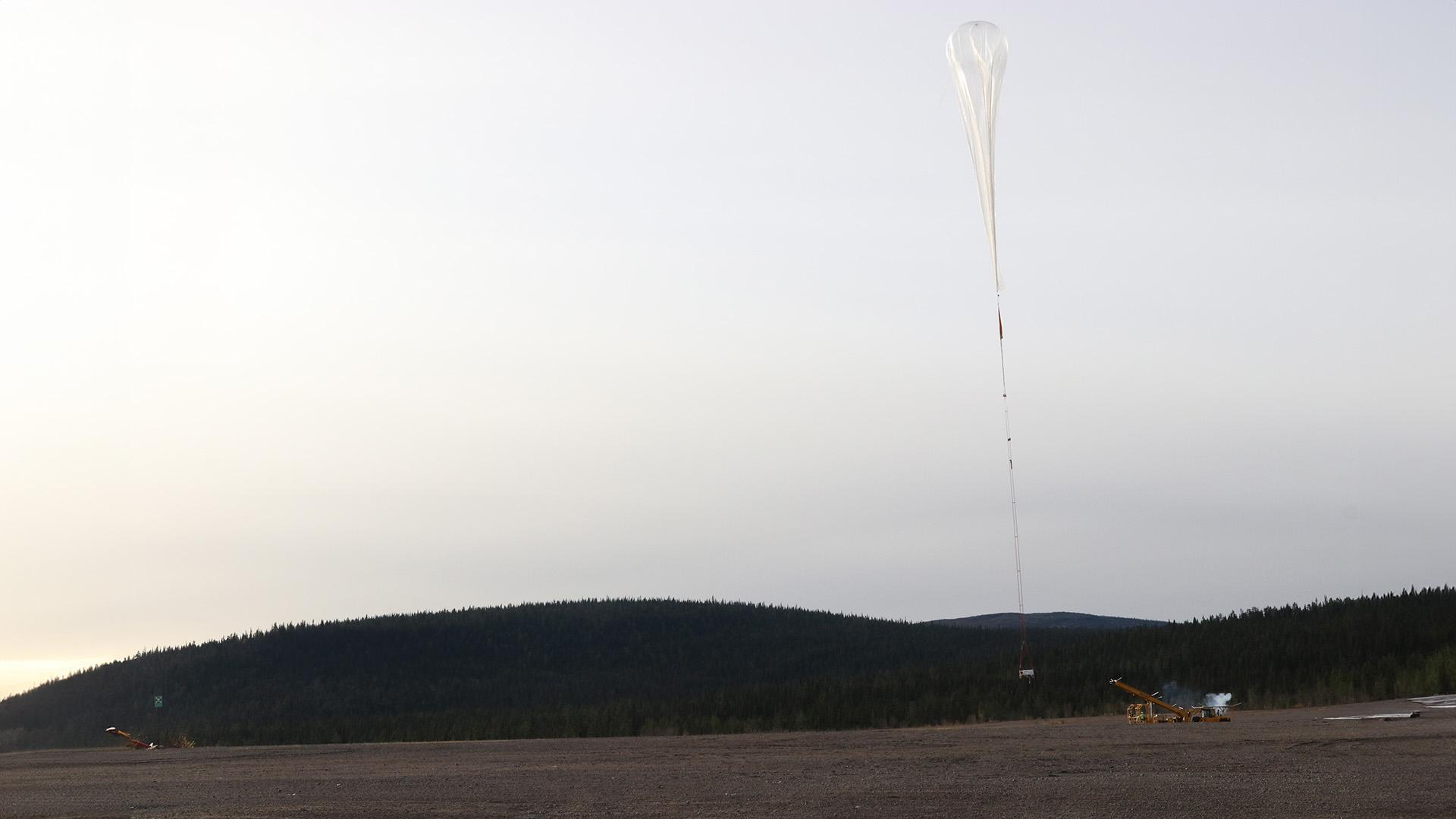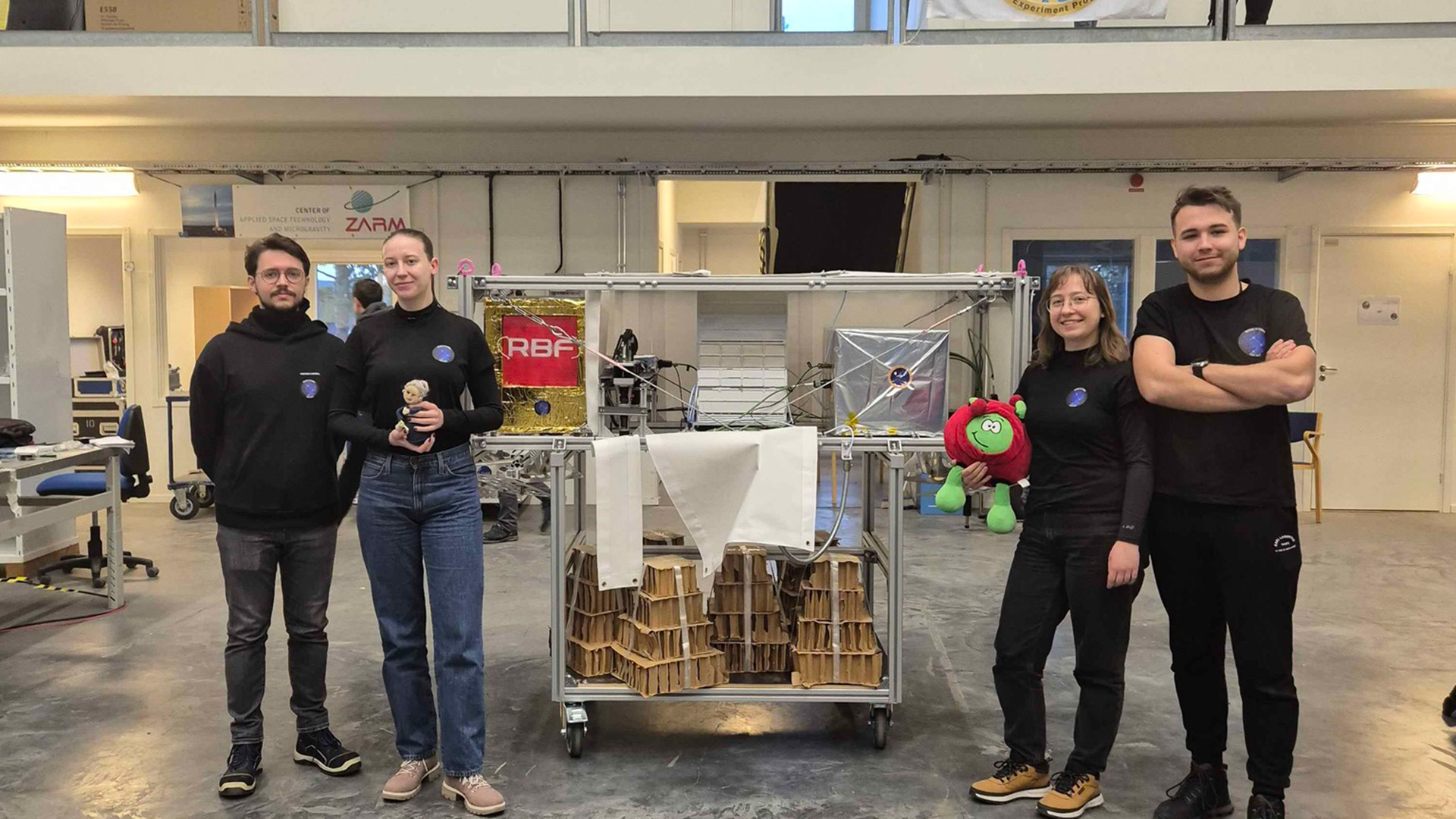CURiE in the stratosphere
A student space experiment
We have completed the launch campaign of the CURiE experiment developed by the Students' Space Association `(SKA) at WUT. The mission was related to UV radiation and cosmic radiation, and its results may provide valuable knowledge.
- "The main objectives of the experiment are to investigate the effects of UV radiation and space conditions on the curing of composite materials, which could be useful for repairing equipment in space, as well as to study the impact of cosmic radiation on the degradation of solar panels, which is crucial for planning long-term space missions," explains Dominika Pytlak, the project coordinator.
The CURiE team underwent a rigorous selection process in December 2023, presenting their ideas to a panel of experts from space agencies and industry. After the selection, the team worked on refining the project, going through multiple technical reviews, integration phases, and tests under the supervision of professionals from space agencies and institutions.
Finally, the CURiE experiment was launched aboard the stratospheric balloon BEXUS 35 from the Esrange spaceport in northern Sweden. The launch campaign—part of the international REXUS/BEXUS program—took place from September 27 to October 7, 2024.
Four representatives from our student team participated in the campaign. On-site, they completed the integration of the experiment and conducted the final tests before the launch.
BEXUS 35 launched on October 2 at 9:53 AM local time after a four-hour countdown that was halted twice due to strong winds. The balloon ascended to an altitude of 27.7 km and floated for 3 hours and 30 minutes, after which the gondola safely returned to Earth on a parachute. The CURiE team recovered their experiment on October 4.
During the flight, all experiments functioned as expected, and the launch campaign was deemed extremely successful. The analysis of the collected data will be conducted at the universities of the students in the coming months.
- “We can tentatively say that we obtained very interesting results that confirm our hypothesis, but we will provide the details at a later date," says Dominika Pytlak.










